SOURCE: IDRW.ORG TEAM.
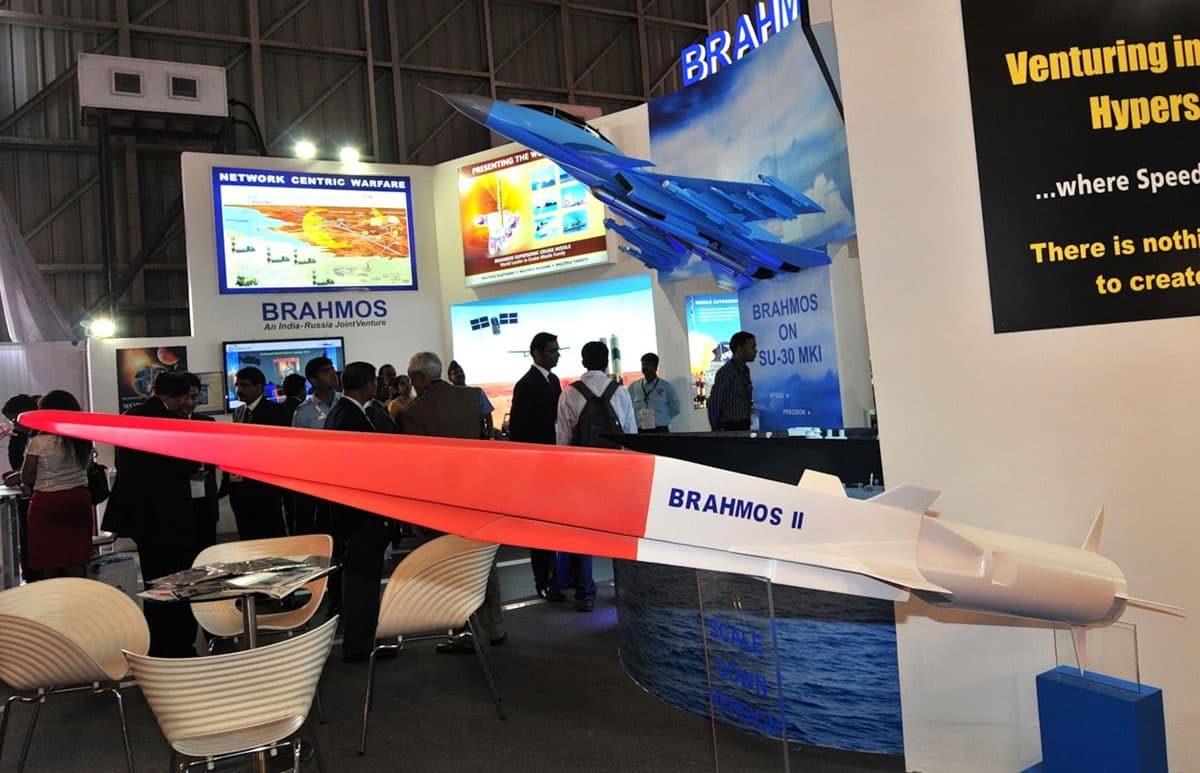

India is making significant strides in hypersonic technology with two key programs: the BrahMos-2 hypersonic cruise missile and the Hypersonic Technology Demonstrator Vehicle (HSTDV).
Developed collaboratively by the Indian Institute of Science (IISc) and the Moscow Aviation Institute (MAI), BrahMos-2 is a next-generation hypersonic cruise missile. This technological marvel is designed to achieve speeds exceeding Mach 7 (nearly 8,650 kilometers per hour) and possess a strike range of up to 600 kilometers.
Continue readingSOURCE: IDRW.ORG.
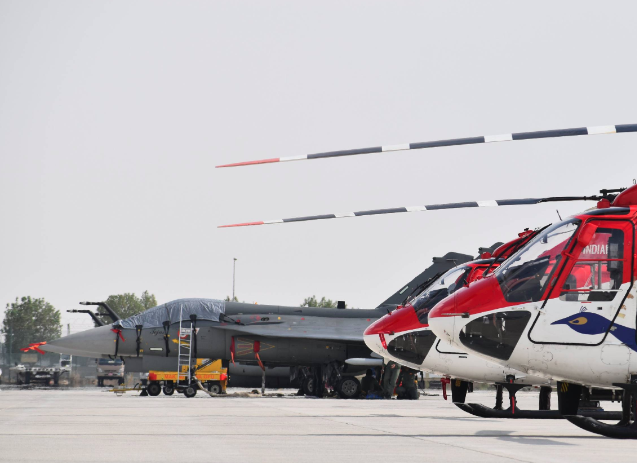

In a significant diplomatic move, the Philippines and India have embarked on a path towards enhanced defense cooperation. During a recent high-level meeting between Defense Secretary Gilberto Teodoro and Indian Minister of External Affairs Subrahmanyam Jaishankar, both nations expressed their commitment to deepening their defense relations.
One of the key agreements reached during the meeting was the establishment of a multi-level dialogue mechanism, aimed at facilitating regular communication and coordination between the defense establishments of the two countries. This mechanism is expected to serve as a platform for discussing a wide range of defense-related issues, including strategic cooperation, joint exercises, and defense procurement.
Continue readingSOURCE: RAUNAK KUNDE / NEWS BEAT / IDRW.ORG


People familiar with the program told idrw.org that India is poised to take a significant leap in air defence capabilities with the upcoming inflight trials of the Astra Mk3 air-to-air missile, according to informed sources. These trials are expected to begin later this year or early next year.
The news comes on the heels of the Indian Ministry of Defence’s (MoD) year-end review in 2023, which highlighted the Defence Research and Development Organization’s (DRDO) impressive progress in air-to-air missile technology. While details remain classified, the review mentioned the successful testing of a cutting-edge air-to-air missile powered by a revolutionary “Solid Fuel Ducted Ramjet (SFDR)” propulsion system. This successful 2022 flight test of the SFDR booster paved the way for further advancements.
Continue readingSOURCE: RAUNAK KUNDE / NEWS BEAT / IDRW.ORG
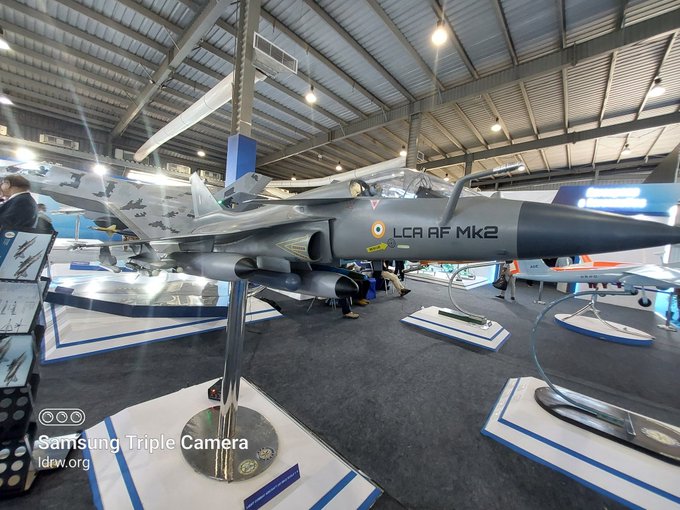

India’s state-owned Hindustan Aeronautics Limited (HAL) remains committed to developing its Software Defined Radio 1 (SDR-1) for the Tejas MkII fighter program. This comes despite the recent maiden flight of the upgraded Tejas Mk1A, which was equipped with the Israeli-made B-NET SDR radio.
The HAL-developed SDR-1 has officially entered the testing phase, signifying progress towards integration into the Tejas MkII. This domestically produced solution aims to provide advanced communication capabilities for the next-generation fighter.
Continue readingSOURCE: RAUNAK KUNDE / NEWS BEAT / IDRW.ORG
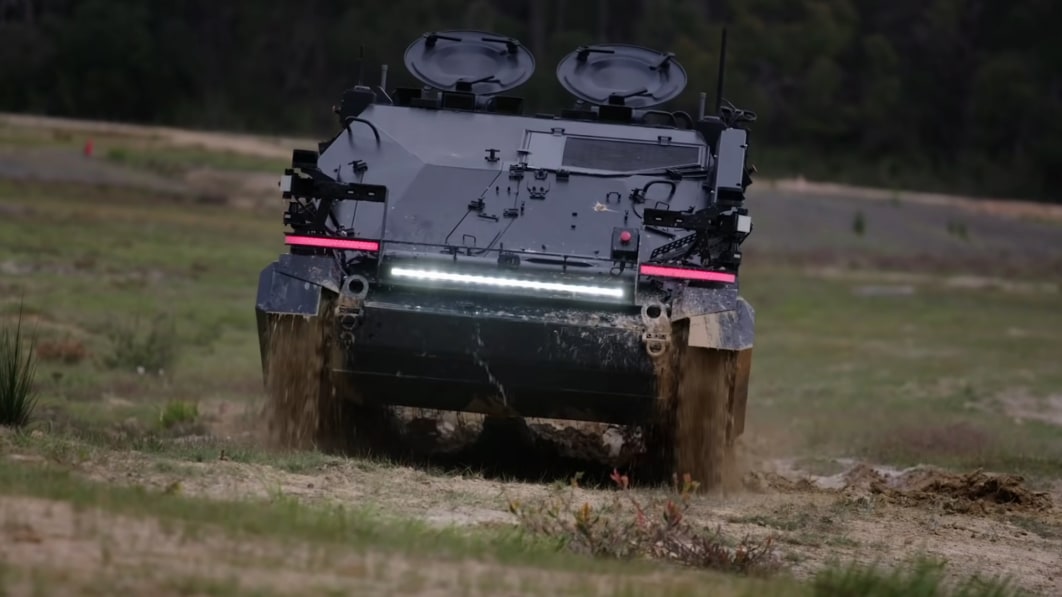

Japan’s Acquisition, Technology & Logistics Agency (ATLA), the procurement arm of the Ministry of Defense, and India’s Defence Research and Development Organisation (DRDO) have successfully concluded a joint research project. This collaboration focused on Visual SLAM-based GNSS Augmentation for Unmanned Ground Vehicles (UGVs) and Robotics.
The project, titled “Project Arrangement Concerning the Visual SLAM-based GNSS Augmentation for UGV/Robotics between Japan and India,” aimed to develop a cutting-edge navigation system for autonomous military vehicles. The collaboration involved ATLA’s Future Capabilities Development Center and DRDO’s Centre for Artificial Intelligence and Robotics (CAIR).
Continue readingSOURCE: IDRW.ORG TEAM.
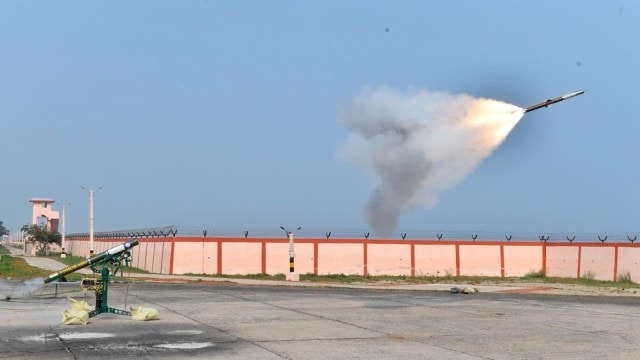

India’s Defense Research and Development Organisation (DRDO) is seeking industry collaboration to develop a crucial component for its next-generation air defense system, the Very Short Range Air Defense System (VSHORADS).
VSHORADS, indigenously designed and developed by DRDO’s Research Centre Imarat (RCI) in collaboration with other DRDO labs and industry partners, is a man-portable missile system for neutralizing low-altitude aerial threats.
Continue readingSOURCE: IDRW.ORG TEAM.


Dg Propulsion Private Limited (DPPL) has achieved a major breakthrough with the grant of their third patent, titled “A Hybrid System Comprising Integrated Micro-Gas Turbine and Fuel Cell.” This innovative technology represents a significant leap forward in power generation efficiency and environmental sustainability.
DPPL’s hybrid system merges two powerful technologies: micro-gas turbines and fuel cells. Micro-gas turbines, acting as miniature power plants, utilize fuel combustion to generate electricity. Fuel cells, similar to batteries, create electricity through a chemical reaction. By combining these technologies, DPPL’s system achieves exceptional efficiency in power generation.
Continue readingSOURCE: RAUNAK KUNDE / NEWS BEAT / IDRW.ORG


India’s indigenously developed light combat aircraft, the LCA-Tejas Mk1A, is gearing up for a crucial phase of testing. After completing its maiden flight last month, the aircraft will now head to the Pokhran range for a series of weapons tests.
These tests are essential due to the significant upgrades incorporated into the Tejas Mk1A. A key change is the adoption of the advanced EL/M-2052 Active Electronically Scanned Array (AESA) radar by Elta Systems. This new radar necessitates the revalidation of weapons that rely on radar guidance for the Mk1A to achieve operational clearance.
Continue readingSOURCE: RAUNAK KUNDE / NEWS BEAT / IDRW.ORG
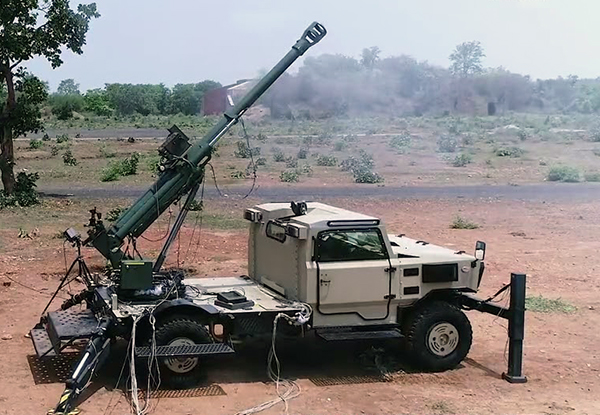

In a move to bolster its mobile firepower, particularly along the Line of Actual Control (LAC) with China, the Indian Army issued a tender last year (November 27, 2023) for the acquisition of 200 new self-propelled howitzers equipped with 105mm guns. This initiative emphasizes the Indian government’s push for indigenous defence solutions.
The primary objective of this procurement is to equip the Indian Army with modern and mobile artillery systems for high-altitude border regions. These self-propelled howitzers will offer greater operational flexibility and firepower compared to traditional towed artillery, especially in challenging mountainous terrain.
Continue readingSOURCE: RAUNAK KUNDE / NEWS BEAT / IDRW.ORG
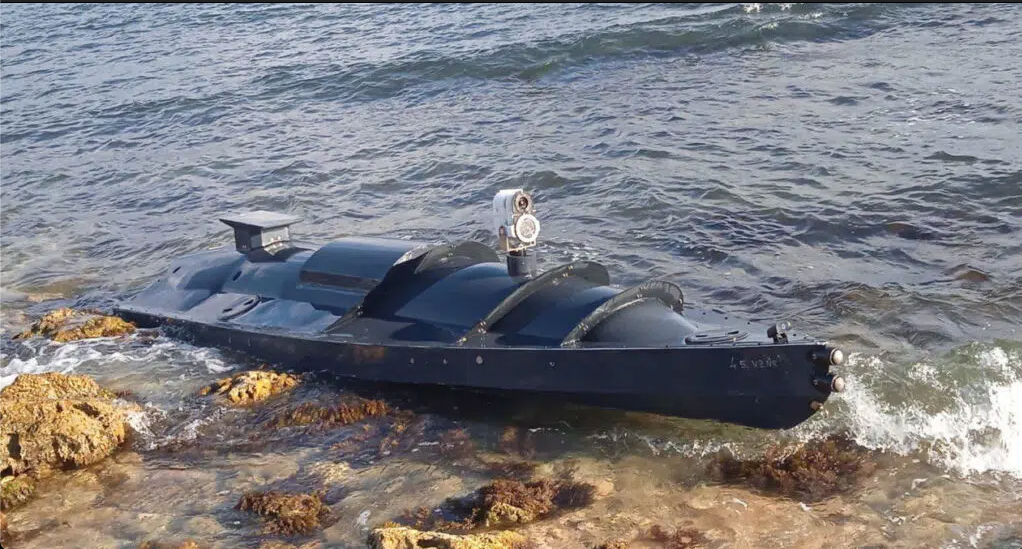

Recent events in the Ukraine conflict have sent ripples through the Indian Navy, prompting a strategic rethink to address the growing threat posed by sea drones. The successful deployment of explosive-laden drones by Ukraine against Russian warships has highlighted the vulnerability of even large vessels to these low-cost, unconventional weapons.
Traditionally, destroyer-type ships have served as protectors against smaller, faster torpedo boats, safeguarding larger vessels like battleships. However, the rise of sea drones challenges this established dynamic. The Indian Navy, along with other major naval forces, is now forced to adapt its strategies to this new and evolving threat.
Continue readingSOURCE: IDRW.ORG TEAM.


In a significant development highlighting the growing defense cooperation between India and Brazil, a delegation led by Brig. Gen. Marcelo Rocha Lima, Head of the Brazilian Army Project Office (EPEx), is currently on a visit to India. The primary objective of the delegation is to inspect ongoing defense projects and explore avenues for collaboration in various strategic areas.
During their visit, the Brazilian delegates had the opportunity to visit Bharat Electronics Limited (BEL), a leading Indian defense electronics company known for developing cutting-edge communication and cyber systems. This visit underscores Brazil’s interest in leveraging India’s expertise in defense technology and exploring potential partnerships in areas such as radars, electronic warfare systems (EWs), and anti-drone jammers.
Continue readingSOURCE: DEEPAK HILORI/ FOR MY TAKE / IDRW.ORG
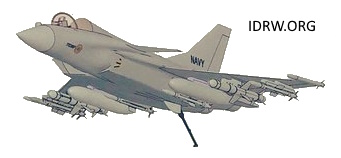

The recent approval by the Cabinet Committee on Security (CCS) for the development of the Advanced Medium Combat Aircraft (AMCA) marks a significant milestone in India’s quest for self-reliance in fighter jet technology. However, the high cost of the AMCA program, coupled with the uncertainties surrounding the TEDBF program for the Navy, raises questions about India’s overall fighter jet development strategy.
With a budget of ?15,000 crore, the AMCA program aims to develop a fifth-generation fighter jet for the Indian Air Force (IAF). The IAF has already committed to procuring 120 AMCA jets in both MkI and MkII variants, reflecting its confidence in the project’s potential.
Continue readingSOURCE: RAUNAK KUNDE / NEWS BEAT / IDRW.ORG


The Defence Research and Development Organisation (DRDO) has officially confirmed the development of the Arjun MkII, the next iteration of India’s indigenously developed main battle tank (MBT). This announcement comes after the successful order of the Arjun Mk1A variant by the Indian Army.
Defence experts familiar with the program told idrw.org and shed some light on the rationale behind the Mk1A. They explain that the Mk1A served as a bridge between the older Mk1 variant and the more extensively upgraded MkII. The significant changes envisioned for the MkII necessitated the creation of the Mk1A as an interim solution.
Continue readingSOURCE: RAUNAK KUNDE / NEWS BEAT / IDRW.ORG
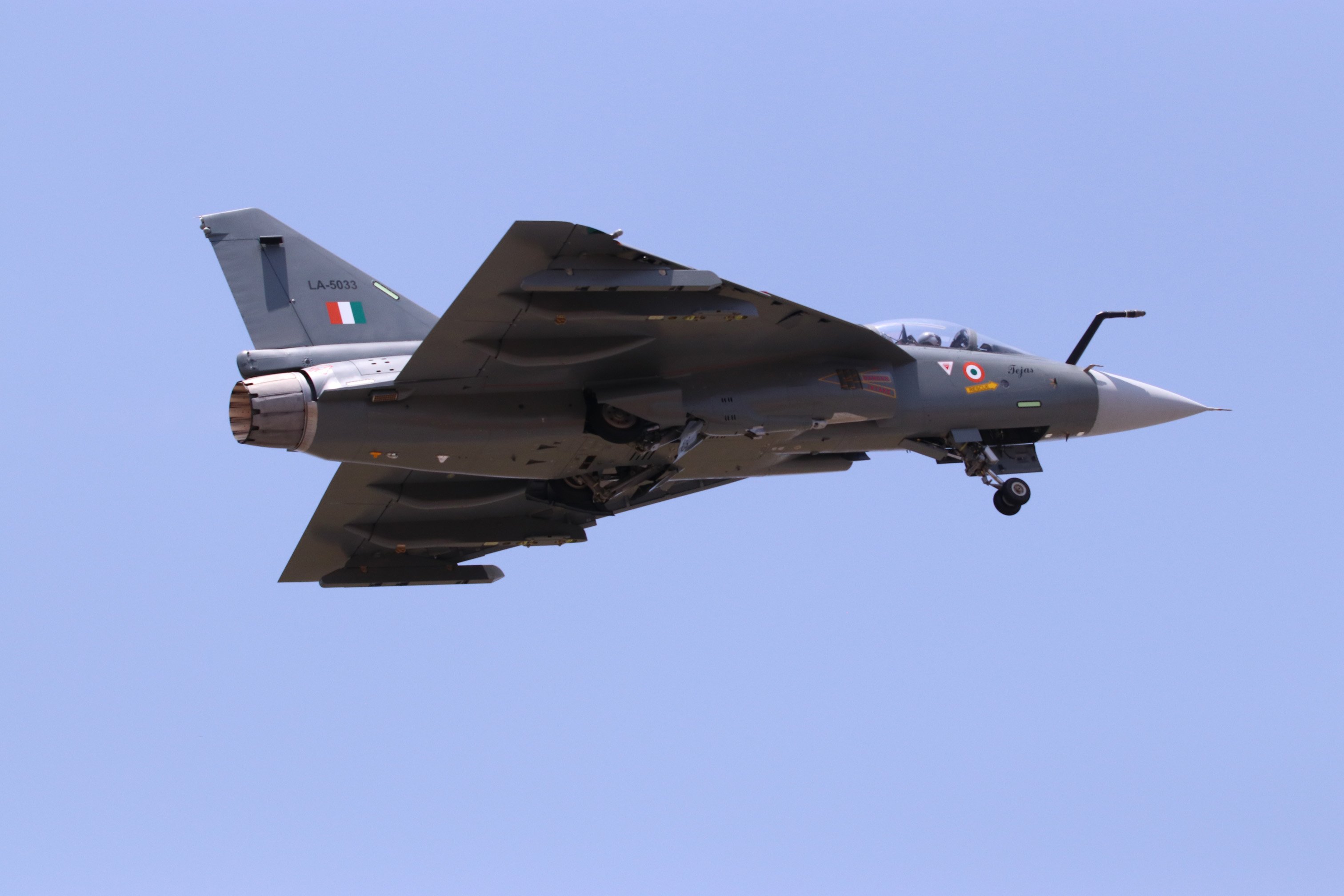

The Indian Ministry of Defence’s (MoD) annual report for 2022-23 sheds light on a crucial development for the Light Combat Aircraft (LCA) Mk1A program: the Swayam Raksha Kavach Electronic Warfare (EW) Suite. This article explores the details of this vital system and its significance for the LCA Mk1A.
The name “Swayam Raksha Kavach” translates to “Self-Defense Armor,” aptly reflecting the suite’s role in protecting the LCA Mk1A from electronic threats. Developed domestically, the suite integrates cutting-edge technologies to enhance the aircraft’s survivability in modern warfare scenarios.
Continue readingSOURCE: RAUNAK KUNDE / NEWS BEAT / IDRW.ORG
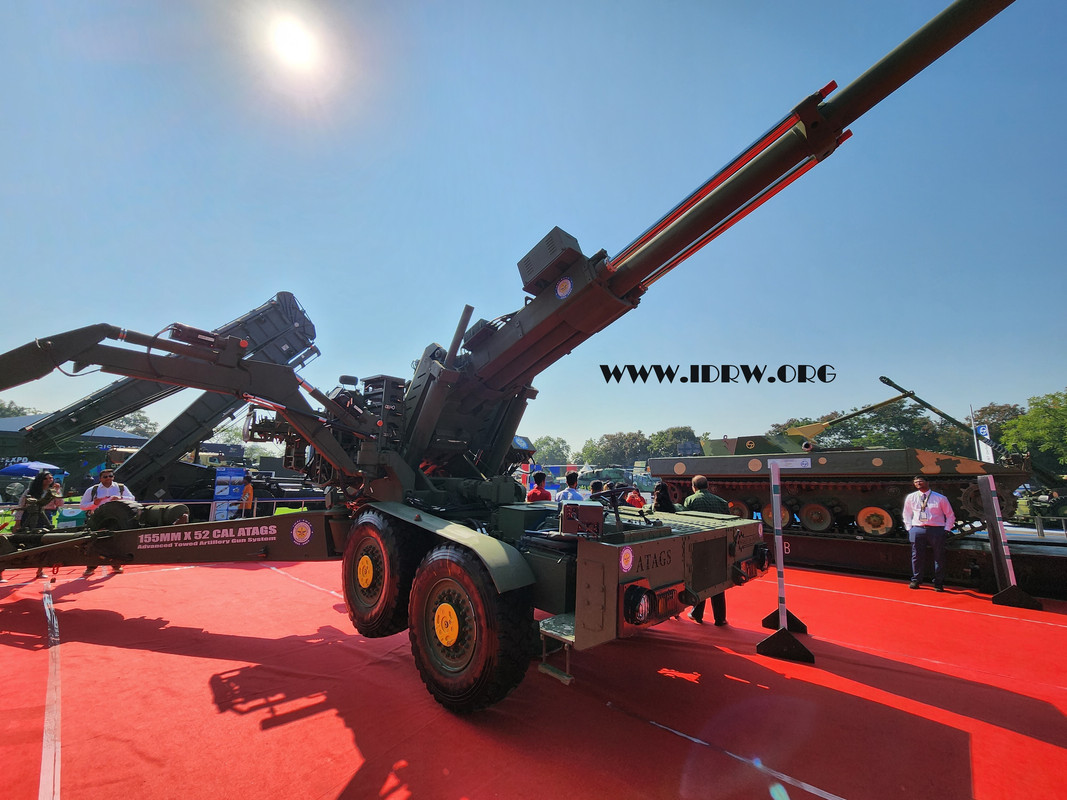

The Indian Army is poised to take a significant step towards modernizing its artillery capabilities with the imminent release of a Request for Proposal (RFP) for a new 155mm/52 calibre towed gun system, as People familiar with the matter informed idrw.org. This news follows an earlier Request for Information (RFI) issued in December 2022.
The RFI emphasized the Indian Army’s commitment to self-reliance by mandating procurement from local industry. This move aligns with the government’s push for “Make in India” initiatives in the defence sector.
Continue reading